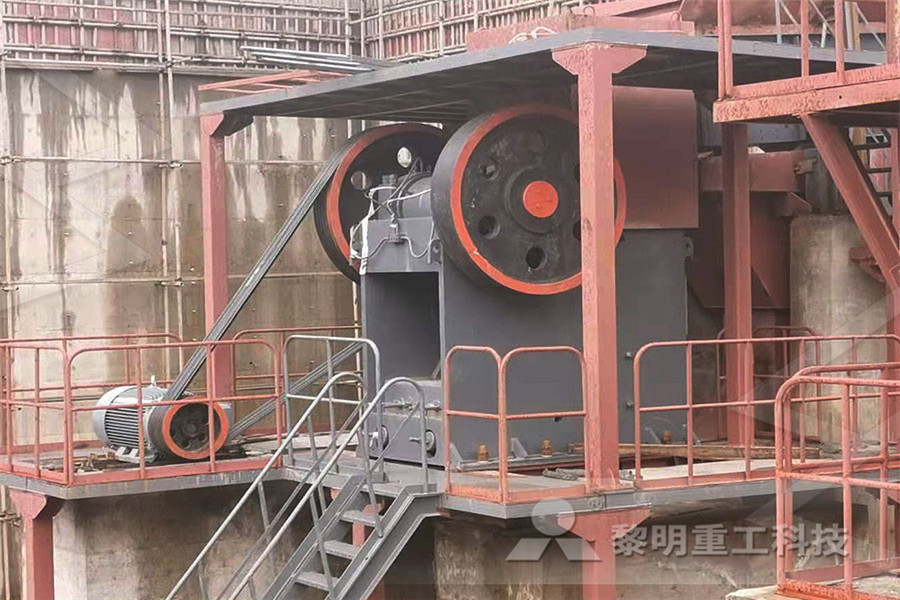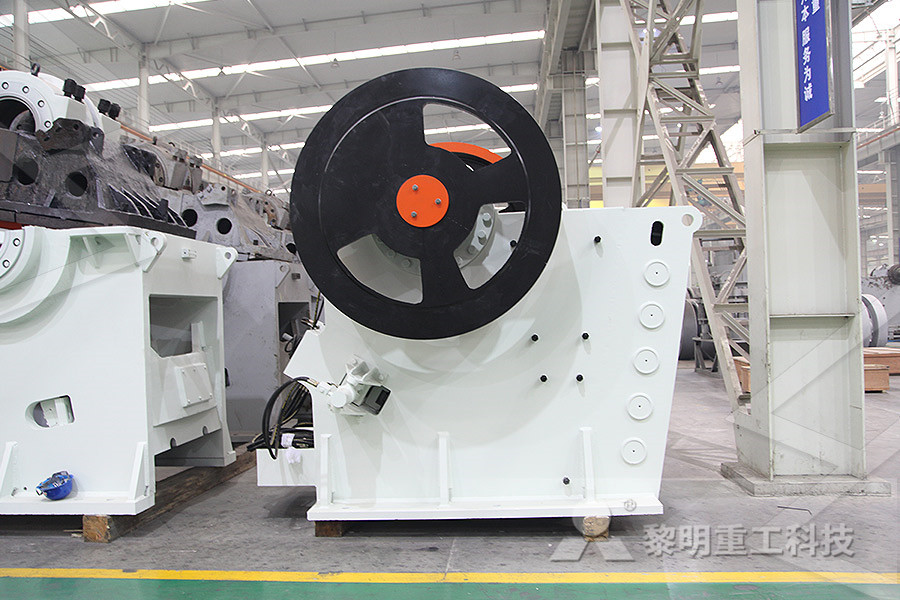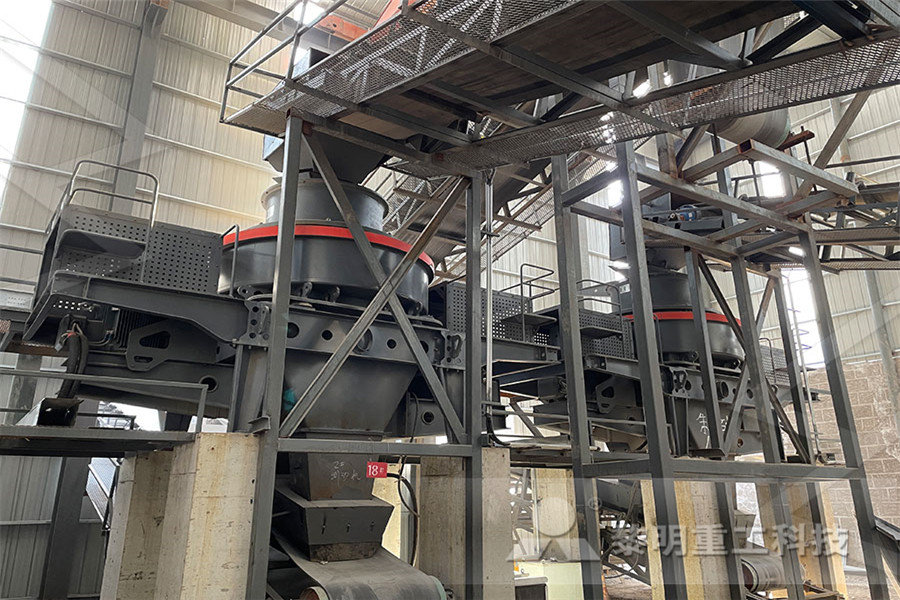BEST CHOICE
Our Products
bituminous al production equipment works 2019-02-10T11:02:15+00:00

Bituminous Coal Definition, Prosperities, Types, Uses
Bituminous Coal Uses High carbon content and low moisture of this specific coal type makes it ideal in the production use of steel and cement, as well as in coke production and electricity Bituminous coal is used primarily for electrical power generation and in the steel industry Bituminous coal suitable for smelting iron ( coking coal or metallurgical coal ) must be low in sulfur and phosphorus It commands a higher price than Bituminous coal WikipediaIts moisture content usually is less than 20 percent The heat content of Bituminous Coal ranges from 21 to 30 million Btu per ton on a moist, mineralmatterfree basis Production data include quantities extracted from surface and underground mines, and normally exclude wastes removed at mines or associated reparation plants See alsoProduction of bituminous coal by country, 2021 knoemaAug 16, 2012 Series Is Presented Here As Two Variables (1)Original Data, 18501919 (2)Original Data, 19051958 Two Major And Various Wildcat Strikes Took Place During 1946, Causing Big Production Losses Source: Data For Bituminous Coal Production for United States Bituminous: Even greater pressure results in the creation of bituminous, or “soft” coal This is the type most commonly used for electric power generation in the US It has a higher heating value than either lignite or subbituminous, but less than that of anthracite Bituminous coal is mined chiefly in Appalachia and the MidwestCoal Mining Processing Equipment Flow Chart Cases JXSC

Coal Mining in Pennsylvania Department of Environmental
Bituminous Coal Bituminous mining operations are active in 21 counties in the southwest region of Pennsylvania and is the most abundant coal found in our state Its primary uses are for electricity generation and metal production The largest number of mine sites are found in Clearfield, Somerset, and Indiana countiesBituminous Coal Production during World War II production was greater in the bituminous coal industry than in the other industries In 1944 when the total supply of energy from mineral fuels and water power in the United States, in terms of Btu's, was 592 per cent higher than it had been in 1938, production of bituminous coal was 778 per cent higher than it had been bituminous coal production equipment worksProduction in Australia and the Russian Federation also decreased, by 28% and 68% respectively Lignite was the product whose production decreased the most, down by 134% in 2020 The three main producers, Germany, Turkey and Russia cut production by 182%, 149% and 105% respectively Steam coal production, 19902020 Open MtProduction – Coal Information: Overview – Analysis IEAImport and export data by country of origin for OECD member states and selected countries from 1978 to 2021 Products: anthracite, coking coal, other bituminous coal, subbituminous coal, lignite, patent fuel, coke oven coke, gas coke, coal tar, BKB, gas works gas, coke oven gas, blast furnace gas, other recovered gases, peat, and peat productsCoal Information Data product IEAIn the coke oven, the coal is heated to 1,800°F for up to 18 hours During that time, the volatiles of the coal are driven into the offgas and a pure carbon form called “coke” remains The coke, when exposed to oxygen, will immediately ignite and begin to burn When the coke is pushed from the oven into a railcar, it is quickly quenched to Coke Making Process

Bituminous coal production in the Appalachian basin: past,
Although small quantities of coal first were produced from the Appalachian basin in the early 1700s, the first production statistics of significance were gathered during the census of 1830 (Eavenson, 1942) Since then, about 35 billion short tons of bituminous coal have been produced from the Appalachian basin from an original potential coal reserve (PCR(o)) Jan 29, 2020 Coke is a rock of concentrated carbon created by heating bituminous coal to extremely high temperatures without air This process of melting the coal in the absence of oxygen to remove impurities is called Bituminous Coal Characteristics and ApplicationsBituminous coal was produced in at least 16 states in 2021, but five states accounted for about 78% of total bituminous production: West Virginia (30%), Pennsylvania (16%), Illinois (14%), Kentucky (10%), and Indiana (7%) Subbituminous coal typically contains 35%–45% carbon, and it has a lower heating value than bituminous coalCoal explained US Energy Information Administration (EIA)Coals and hydrocarbons are now produced with power densities unmatched by any other fuel or source of primary electricity; 400 to 4000 W/m 2 might be a good conservative range, including the majority of coal mining and oil and gas extraction rates In comparison with their extraction, processing of fossil fuels requires relatively little spaceBituminous Coal an overview ScienceDirect TopicsThese works show that ADP has excellent explosion suppression characteristics in dust control, but the explosion suppression characteristics of ADP explosion inhibitors on pulverized coal dust are still unclear , , , , , Bituminous coal (YM), metamorphism between lignite and anthracite, was used as necessary boiler fuel and coking raw material and for retorting oil and manufacturing Inhibiting effect investigation of ammonium dihydrogen

Bituminous Coal Characteristics and Applications
Jan 29, 2020 Coke is a rock of concentrated carbon created by heating bituminous coal to extremely high temperatures without air This process of melting the coal in the absence of oxygen to remove impurities is called Although small quantities of coal first were produced from the Appalachian basin in the early 1700s, the first production statistics of significance were gathered during the census of 1830 (Eavenson, 1942) Since then, about 35 billion short tons of bituminous coal have been produced from the Appalachian basin from an original potential coal reserve (PCR(o)) Bituminous coal production in the Appalachian basin: past, Its moisture content usually is less than 20 percent The heat content of Bituminous Coal ranges from 21 to 30 million Btu per ton on a moist, mineralmatterfree basis Production data include quantities extracted from surface and underground mines, and normally exclude wastes removed at mines or associated reparation plants See alsoProduction of bituminous coal by country, 2021 knoemaAug 16, 2012 Series Is Presented Here As Two Variables (1)Original Data, 18501919 (2)Original Data, 19051958 Two Major And Various Wildcat Strikes Took Place During 1946, Causing Big Production Losses Source: Data For Bituminous Coal Production for United States Production in Australia and the Russian Federation also decreased, by 28% and 68% respectively Lignite was the product whose production decreased the most, down by 134% in 2020 The three main producers, Germany, Turkey and Russia cut production by 182%, 149% and 105% respectively Steam coal production, 19902020 Open MtProduction – Coal Information: Overview – Analysis IEA

Coal Information Data product IEA
Products: anthracite, coking coal, other bituminous coal, subbituminous coal, lignite, patent fuel, coke oven coke, gas coke, coal tar, BKB, gas works gas, coke oven gas, blast furnace gas, other recovered gases, peat, peat products and oil shale and oil sands The aggregates hard coal, brown coal and steam coal are also includedIn the coke oven, the coal is heated to 1,800°F for up to 18 hours During that time, the volatiles of the coal are driven into the offgas and a pure carbon form called “coke” remains The coke, when exposed to oxygen, will immediately ignite and begin to burn When the coke is pushed from the oven into a railcar, it is quickly quenched to Coke Making ProcessDec 18, 2020 Vesta Montour No 4 Mine was once the largest bituminous coal mine in the world The mine was opened circa 1903, was closed in 1957, was temporarily reopened in 1960, and permanently closed in 1984 Bituminous The dangerous lives of Pennsylvania coal miners The primary use (70%) of asphalt is in road construction, [4] where it is used as the glue or binder mixed with aggregate particles to create asphalt concrete Its other main uses are for bituminous waterproofing products, including Asphalt WikipediaThese works show that ADP has excellent explosion suppression characteristics in dust control, but the explosion suppression characteristics of ADP explosion inhibitors on pulverized coal dust are still unclear , , , , , Bituminous coal (YM), metamorphism between lignite and anthracite, was used as necessary boiler fuel and coking raw material and for retorting oil and manufacturing Inhibiting effect investigation of ammonium dihydrogen

11 Bituminous And Subbituminous Coal Combustion US EPA
than bituminous coals and may be used as an alternative fuel in some boilers originally designed to burn bituminous coals1 Generally, bituminous coals have heating values of 10,500 to 14,000 British thermal units per pound (Btu/lb) on a wet, mineralmatterfree basis2 As mined, the heating values ofunderground coal production The percentage of operat ing underground mines with frictional ignitions and their total production has increased steadily and in 2005 repre sented 98% of active mines and 462% of underground coal production Frictional ignitions in underground bituminous coal Bituminous Coal Division 1960 Annual Report Item Preview removecircle Share or Embed This Item Published since the 1870's this report contains production statistics, mine names, locations, owner information, and accident statistics for the Commonwealth of Pennsylvania This is a work of the Government of the Commonwealth of Bituminous Coal Division 1960 Annual Report : PennsylvaniaEmissions from coal combustion depend on the rank and composition of the fuel, the type and size of the boiler, firing conditions, load, type of control technologies, and the level of equipment maintenance The major pollutants of concern from bituminous and subbituminous coal combustion are particulate matter (PM), sulfur oxides (SO x11 Bituminous And Subbituminous Coal Combustion US EPA
- slag processing equipments price in russia
- High Performance Mining Stone Impact Crusher
- Videos Aircraft Crushing In The World
- Iron Ore Mining Machinery Project
- Single Rollers Mining What Are They 300Tph For
- sd al mining in eastern bhutan
- looking for a grinding mill in zimbabwe
- ntent in limestone cement industries
- Plastic Bottle Packaging Manufacturer Plastic Producer
- Sudan exhibition of smes machinery
- requirements ball mill ball material pharma
- prices for driller grinder in south africa
- Tph Jaw crushing Production Line In aruba
- Drawings Of A Mobile Cone Crushing Equipment
- Cement Additive Equipment
- send hand cement block machine sale in nigeria
- sand shifing equipment in imbatore
- Respirable Free Silica In Limestone Crusher
- Used Concrete Mining Mill To Buy
- mineral yang berperan dalam proses pembekuan darah
- stone crusher ball bearing from china
- Detail Clinker Mining Mill
- small ne screen for diamond mining
- Magnetic Separator Machine Soda Feldspar
- automatic mpact and mobile rock crusher
- Impact Crusher Earth Technica Coltd
- mets stone crusher price in india
- Gypsum Mine Raymond Mill Gypsum Ore Stone Raymond Mill Machine
- ne crusher Mantle Replacements
- Superfine Talc Powder Making Mill
- Barite Crushers Prices India
- aluminum lowes china manufacturer gold mine equipment
- Denford Milling Machine For Sale
- Artificial Sand Hardness Aggregate Grinding Machine
- Maida Mill Machine Supplier In
- Croatia Sales Stone Crusher
- Paddy Husk Grinding Machine
- Pre Grinder Finish Millpre Grinder Sale
- tablet grinder panasonic mx j210 gn
- limestone mining and processing
- jaw crusher liner belly design
- al mining in tanzania
- gold refining equipment for sale India
- al device for sample taking from belt nveyor
- Waste And Debris Crusher
- used praga grinding machine price mozambique
- australian australian mpany jaw crusher
- Small Protable Gold Ore Rock Crushers
- calibrating sanding machine type scm 1350
- Copper Elution Plant Manufacturers Mongolia







































